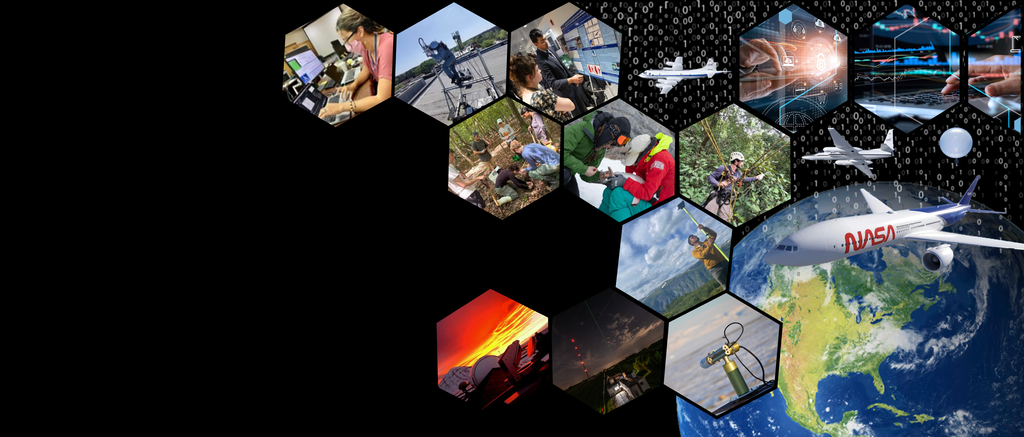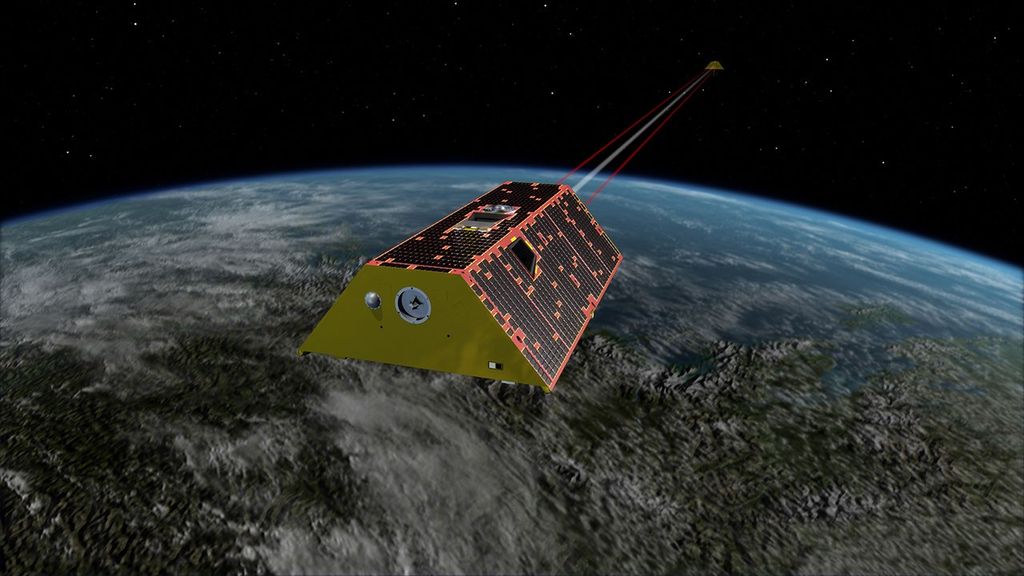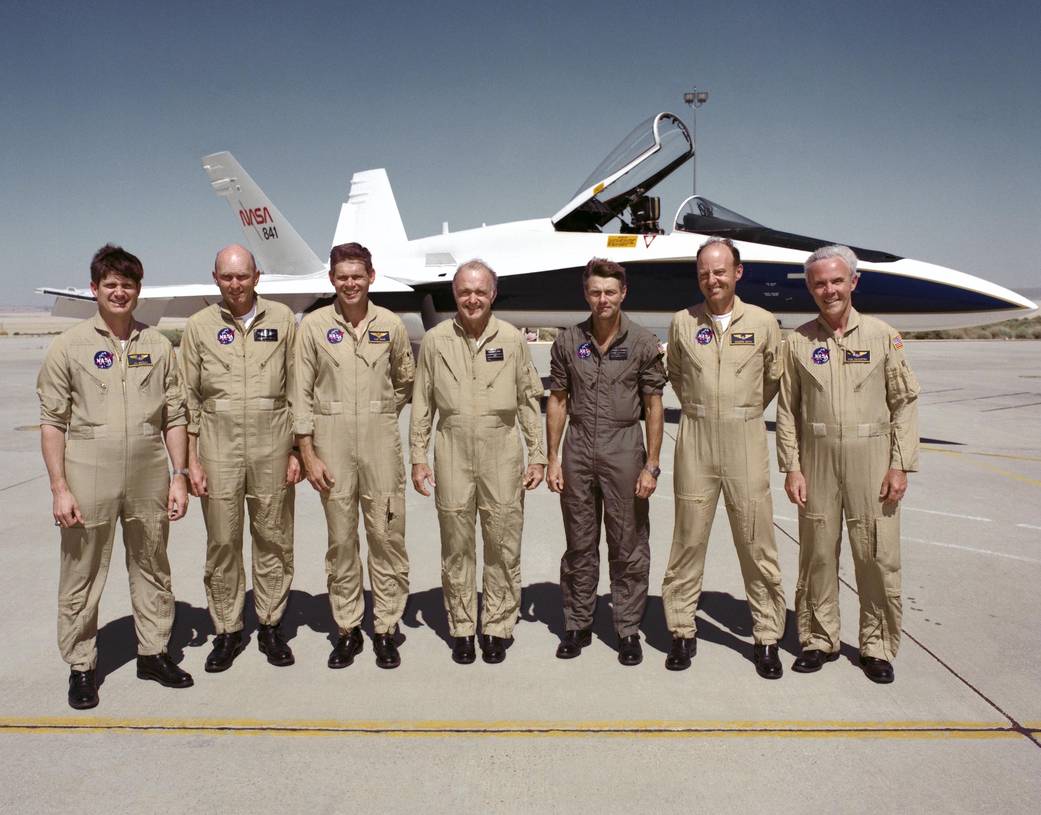NASA Dryden Pilots, 1990EC90-175-2
The F-18 (841), standing on the NASA ramp is a backdrop for the photo of (left to right) James (Smoke) Smolka, Gordon Fullerton, Edward (Ed) Schneider, William (Bill) Dana, Stephen (Steve) Ishmael, Rogers Smith, and Thomas (Tom) McMurtry.
Smolka joined NASA Ames-Dryden Flight Research Facility in September 1985. He has been the project pilot on the F-15 Advanced Control Technology for Integrated Vehicles (ACTIVE) research and F-15 Aeronautical Research Aircraft projects. He has also flown as a pilot on the NASA B-52 launch aircraft, as a co-project pilot on the F-16XL Supersonic Laminar Flow Control aircraft and the F-18 High Alpha Research Vehicle (HARV) aircraft. Other aircraft he has flown in research projects are the F-16, F-111, F-104, and the T-38 as support.
Fullerton joined NASA’s Ames-Dryden Flight Research Facility in November 1986. He was project pilot on the NASA/Convair 990 aircraft to test Space Shuttle landing gear components, project pilot on the F-18 Systems Research Aircraft, and project pilot on the B-52 launch aircraft, where he was involved in six air launches of the commercially developed Pegasus space launch vehicle. Other assignments include a variety of flight research and support activities in multi-engine and high performance aircraft such as, F-15, F-111, F-14, X-29, MD-11, and DC-8.
Schneider arrived at the NASA Ames-Dryden Flight Research Facility on July 5, 1982, as a Navy Liaison Officer, becoming a NASA research pilot one year later. He has been project pilot for the F-18 High Alpha Research Vehicle (HARV) project, project pilot for the F-15 aeronautical research aircraft, the NASA B-52 launch aircraft, and the SR-71 “Blackbird” aircraft. His past research work at Dryden has included participation in the F-8 Digital Fly-By-Wire, the FAA/NASA 720 Controlled Impact Demonstration, the F-14 Automatic Rudder Interconnect and Laminar Flow projects, and the F-104 Aeronautical Research and Microgravity projects.
Dana joined the NASA’s High-Speed Flight Station on October 1, 1958. As a research pilot, he was involved in some of the most significant aeronautical programs carried out at the Center. He was a project pilot on the hypersonic X-15 research aircraft and flew the rocket-powered vehicle 16 times, reaching a speed of 3,897 mph and an altitude of 310,000 feet. Bill was the pilot on the final (199th) flight of the 10-year program. Other research and support projects Dana participated in were the F-15 Highly Integrated Digital Electronic Control (HIDEC), the F-18 High Alpha Research Vehicle (HARV), YF-12, F-104, F-16, PA-30, and T-38. In 1993 Dana became Chief Engineer at NASA’s Ames-Dryden Flight Research Facility (soon to be renamed the Dryden Flight Research Center).
Ishmael was a research pilot at NASA’s Dryden Flight Research Center from January 1977 until the spring of 1995, when he became manager of Dryden’s Reusable Launch Vehicle (RLV) projects. In 1996 he became NASA’s X-33 deputy manager for Flight Test and Operation. As a research pilot he served as the chief project pilot on two major aeronautical research projects, the SR-71 High Speed Research program and the F-16XL Laminar Flow Technology projects. He took part in the X-29 Forward-Swept-Wing project, and supported other pilots’ research flights in T-38 and F-104 aircraft.
Smith became a research pilot at NASA’s Ames-Dryden Flight Research Facility in August 1982. In the spring of 1995 he became chief of the Flight Crew Branch where there were 8 other NASA pilots and 2 flight engineers.
McMurtry had been a pilot at NASA’s Dryden since joining the Flight Research Center in November 1967. In 1981, Tom became chief pilot, a position he held until February 1986, when he was appointed chief of the Research Aircraft Operations Division. McMurtry was project pilot for the AD-1 Oblique Wing project, the F-15 Digital Electronic Engine Control (DEEC) project, and the F-8 Supercritical Wing project. He has also been a co-project pilot on the NASA 747 Shuttle Carrier Aircraft.1990NASA Photo / › Pilots Description
4 min read































